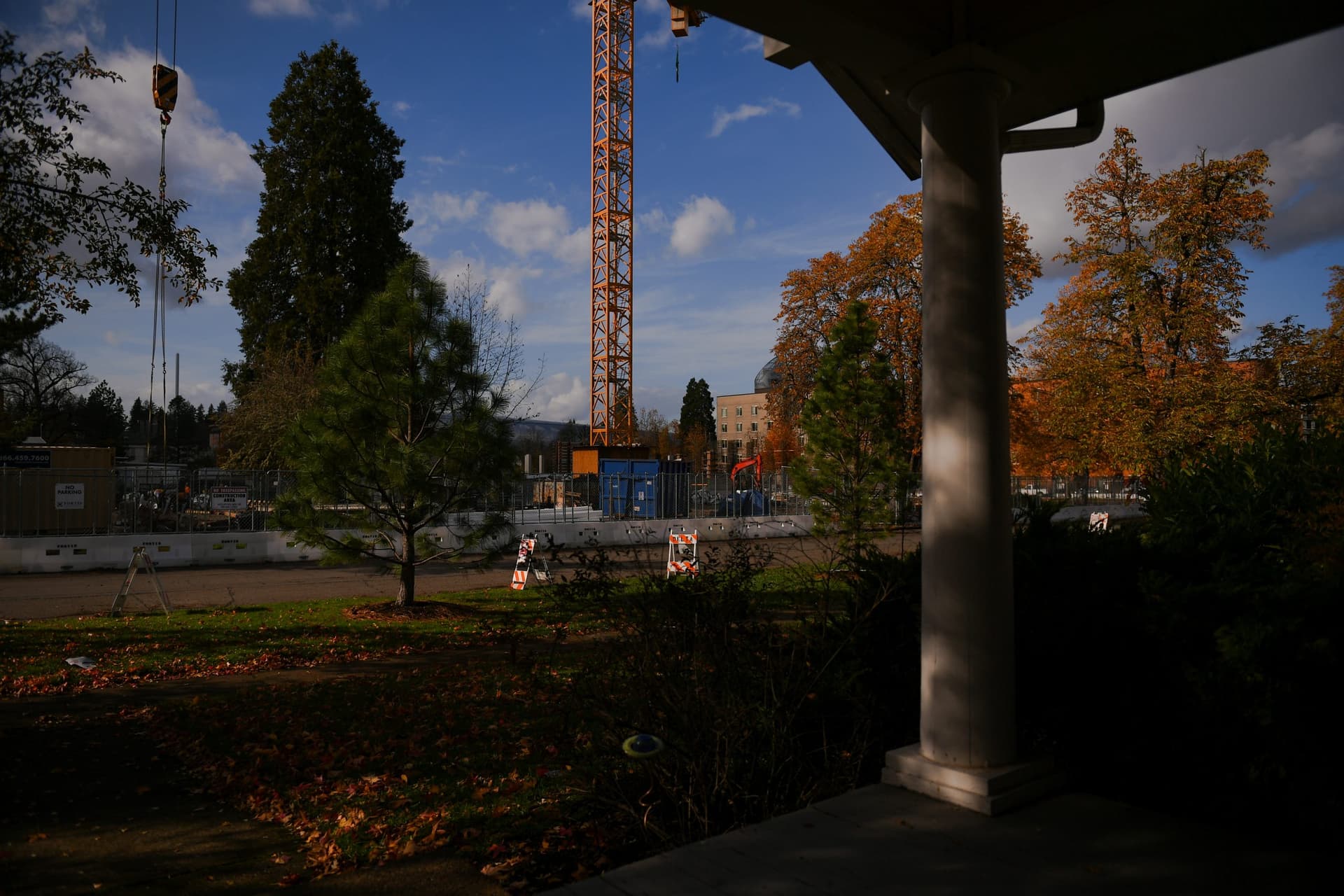Fairmount Residents Challenge UO Plan to Raise Building Heights
Neighbors and the Fairmount Neighbors Association testified at a planning commission hearing on November 18, 2025 opposing proposed land use changes that would allow the University of Oregon to build larger residence halls on East Campus. The dispute matters to Lane County residents because the plan would add roughly 900 dorm beds and family housing units and raise height limits in parts of the East 15th to 19th corridors, with potential impacts on neighborhood character, traffic and long standing planning protections.

On November 18, 2025 the Eugene planning commission heard a packed public hearing on a University of Oregon proposal known as Next Generation Housing, a plan that would add roughly 900 dormitory beds and family housing units on and near East Campus. The university is seeking changes to city land use rules that would raise current 45 foot height caps to as much as 85 feet in selected areas along the East 15th to 19th corridors, a shift that residents say would fundamentally alter the Fairmount neighborhood.
Neighbors and the Fairmount Neighbors Association urged commissioners to reject or substantially revise the proposal, arguing that taller and larger residence halls would erode neighborhood character, increase noise and traffic, and weaken planning protections that have guided campus edge development for decades. Testimony focused on everyday impacts for households near East Campus, including concerns about parking, pedestrian safety on busy corridors, and the cumulative effect of larger buildings on sunlight and neighborhood scale.
University officials defended the plan as a response to housing needs connected to campus growth. UO representatives told planners that increasing on campus housing supply and adding family oriented units are central goals, and that the project would be financed using revenue bonds. The university also described several proposed mitigation measures, including traffic studies to assess impacts and site specific steps intended to address circulation and pedestrian safety.
City councilors participated in the hearing process, asking clarifying questions about zoning, design standards and how the proposed regulations would interact with existing neighborhood protections. A UO spokesperson responded to detailed inquiries about financing, the timing of construction and the university rationale for concentrating additional housing near East Campus. Those exchanges highlighted the balancing act facing local officials as they weigh university housing demands against neighborhood preservation.
The planning commission will weigh the public testimony and technical analyses and then make a formal recommendation to the city council, which will consider any amendments and a final decision at a subsequent public meeting. For Lane County residents the outcome will influence not only immediate quality of life for Fairmount neighbors, but also longer term questions about where student housing is located, how growth is financed, and how the city manages the boundary between a major public university and surrounding residential communities.


